50 Views
Vellum Venom Vignette: The Proliferation of Plastic Cladding

by
Sajeev Mehta
(IC: employee)
Published: June 7th, 2016
Share
Jeremy writes:I’d love to know your thoughts on the proliferation of plastic cladding on pretty much every CUV/SUV on sale today. I’ve noticed that pretty much everyone does it now – Toyota, Mazda, Ford, Jeep, BMW, Mercedes, Land Rover, the list goes on.

Sajeev Mehta
More by Sajeev Mehta
Published June 7th, 2016 7:45 AM
Latest Car Reviews
Read moreLatest Product Reviews
Read moreRecent Comments
- Corey Lewis It's not competitive against others in the class, as my review discussed. https://www.thetruthaboutcars.com/cars/chevrolet/rental-review-the-2023-chevrolet-malibu-last-domestic-midsize-standing-44502760
- Turbo Is Black Magic My wife had one of these back in 06, did a ton of work to it… supercharger, full exhaust, full suspension.. it was a blast to drive even though it was still hilariously slow. Great for drive in nights, open the hatch fold the seats flat and just relax.Also this thing is a great example of how far we have come in crash safety even since just 2005… go look at these old crash tests now and I cringe at what a modern electric tank would do to this thing.
- MaintenanceCosts Whenever the topic of the xB comes up…Me: "The style is fun. The combination of the box shape and the aggressive detailing is very JDM."Wife: "Those are ghetto."Me: "They're smaller than a Corolla outside and have the space of a RAV4 inside."Wife: "Those are ghetto."Me: "They're kind of fun to drive with a stick."Wife: "Those are ghetto."It's one of a few cars (including its fellow box, the Ford Flex) on which we will just never see eye to eye.
- Oberkanone The alternative is a more expensive SUV. Yes, it will be missed.
- Ajla I did like this one.

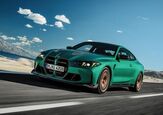














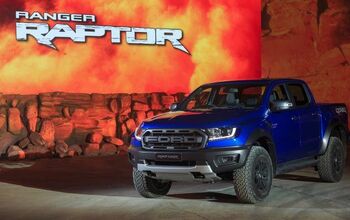
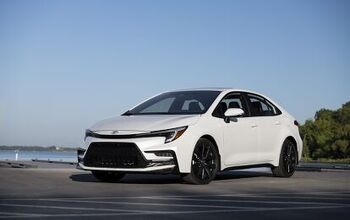

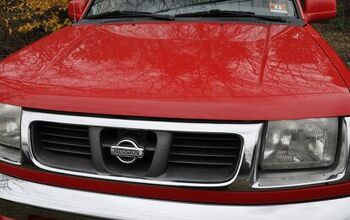

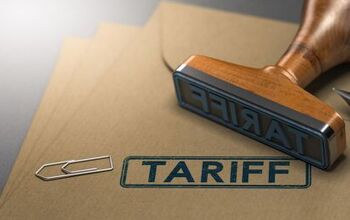
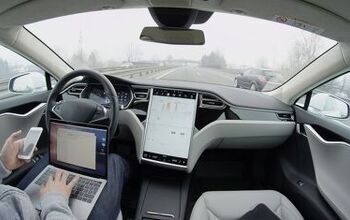
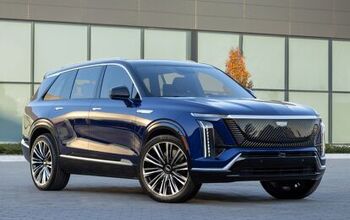
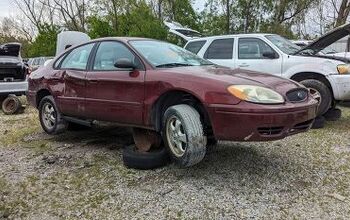

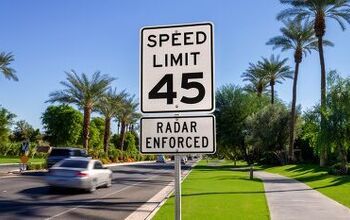
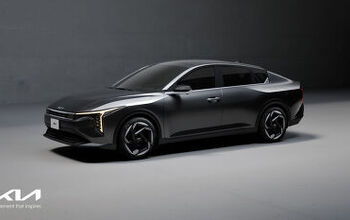
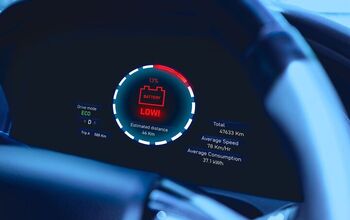
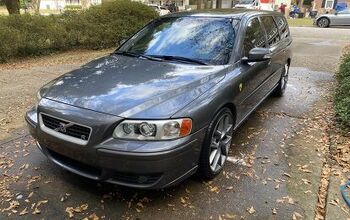
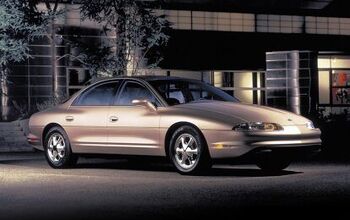

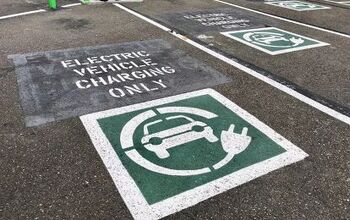
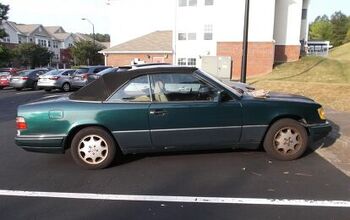
Comments
Join the conversation
Running Boards = Pant leg Dirtiers
It helps. So much so that Honda America sells little-known about additional mudlflaps and color-matched plastic door bumpers for most of their vehicles. Really helps on an Element. Of course Dad had to buy and install them himself.